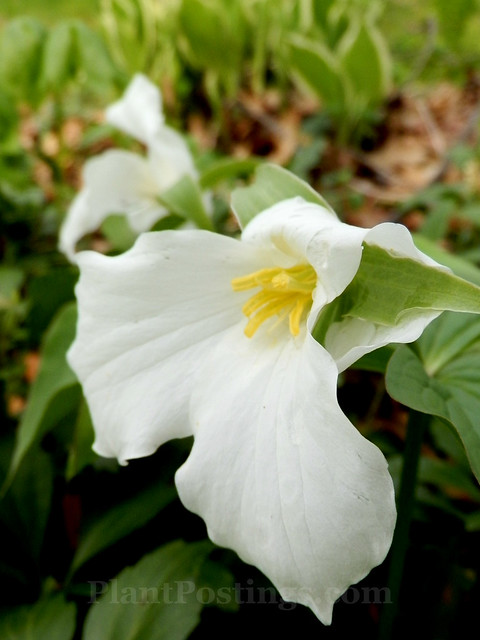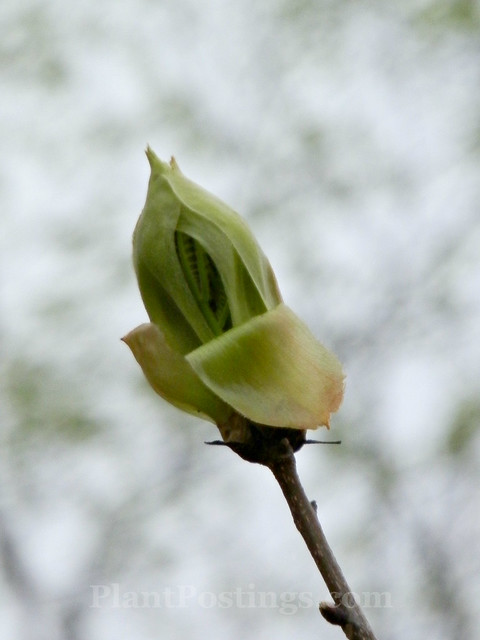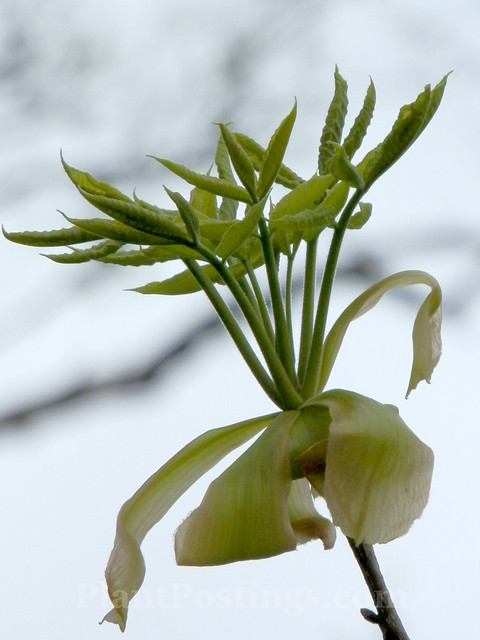Most of the things I learned during the past three months are practical, but fun, things I want to remember for future years. Here are a few personal lessons, in no particular order:
- When the yellow-bellied sapsuckers appear in the neighborhood, ruby-throated hummingbirds soon will be on their way. I can't remember where I first read this, but according to BirdNote, the first hummingbirds traveling north each spring follow the sapsuckers. The hummingbirds take advantage of the woodpeckers' sapwells when the supply of flowering plants is still light in the north. After reading this, I put my feeders out a little earlier this year, although the hummingbirds didn't show up until a few weeks after the sapsuckers.

- On the other hand, be ready for the hummingbirds immediately after the first orioles visit. This year, we sighted our first hummingbird visitor on the very next day after the orioles appeared. Which leads to another lesson...

- When you hear that orioles are in the area, put oranges on the feeder. This is the first year I've successfully attracted orioles to the feeder, and it seemed to be because of the timing with migration. For several days, they made repeat appearances--entertaining us outside our dining room window. During the past few weeks I haven't seen any, so I stopped putting out the oranges.
- Try a different technique for overwintering potted plants. (This is kind of a winter/spring lesson.) Very few of the potted perennials that I left outside during the winter survived. Next year, maybe I'll cover them with burlap or bubble wrap and put them in the garage until the real warm weather hits. (Of course, our past winter was particularly brutal, so it's amazing anything survived!)
- Don't be surprised if the Lemon tree loses most of its blooms/fruits before (and when) you move it outside. Apparently, my pollination attempts were inadequate because only a few tiny Lemons remain on the tree. And the move to the outdoor patio didn't help matters, either. I think the poor tree is a little shocked, although it seems to be adjusting now.

- Don't worry about the native spring ephemerals. The coldest, most brutal winter in this geographical area probably won't kill them off. I didn't really doubt their survival, but it sure was nice to see them when they appeared again.

- Never give up on a perennial. (Well, I guess eventually one must give up, when a plant doesn't reappear after a few years, but if it's slow to show up in a particular season, give it time.) Last year, I planted Butterfly Weed (Asclepias tuberosa) and it didn't seem to thrive. It flowered and then died back before it had a chance to form seed pods. But I noticed a new shoot today!
- Use your tried-and-true "lasagna method" on the kitchen garden every year. When the vegetables freeze and the perennials go dormant, spread a layer of Marsh Hay and compost, then a layer of newspaper, and then a thick layer of Marsh Hay on top of the garden (with openings for the perennials). In spring, you'll be rewarded with rich, healthy soil ready for new plants and new growth. (More on this later.)
- Don't worry if the rabbits prune the Dwarf Korean Lilacs (Syringa meyeri) for you. The shrubs will bounce back. But maybe it's a good idea to wrap them in burlap next winter.
- Hunt for morel mushrooms in the same place (not here in my garden, by the way) next year. Enough said. ;-)
Of course there's more, and I could go on. But now it's your turn. If you live in the Southern Hemisphere, what did you learn about your fall garden? If you're in the Northern Hemisphere, how did your spring garden surprise you and teach you new lessons?
Please join in the Lessons Learned meme by sharing a new or a previous post you've written about what you've learned this past season. Feel free to add your link to your comment on this post.
Please also join Donna at Gardens Eye View for the Seasonal Celebrations meme. Posts that cover both memes offer a chance to reflect on the past season and look ahead to the next at the same time. Both memes will be active until the solstice, when we'll post the wrap-ups. Happy summer (or winter to those in the Southern Hemisphere)!




















































